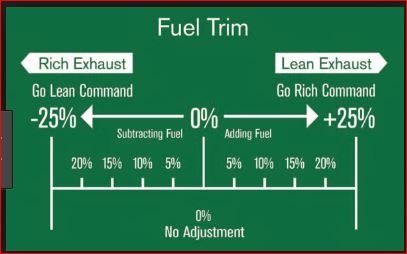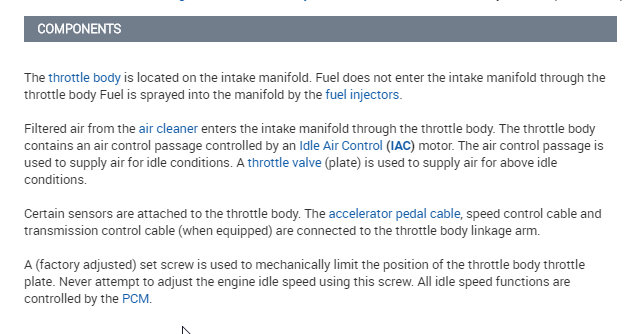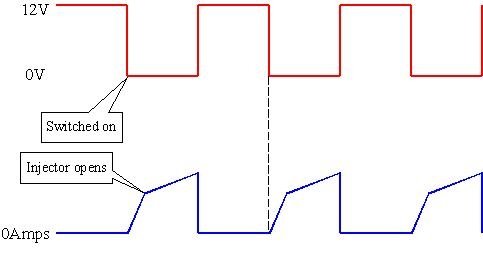The first problem is how do you know an injector was clogged? In 30 years, including ten at the dealership, I have never come across a defective injector in a Chrysler product. High-mileage GM engines have an extremely high number of elusive misfire codes codes caused by injectors that were never flow-matched, but Chrysler buys their injectors from Bosch in flow-matched sets.
What does occur in 100 percent of Chrysler products, at least up through the mid 2000s, is a failure to run unless the accelerator pedal is held down 1/4". If the engine does run, it will not give you the nice "idle flare-up to 1500 rpm at start-up, and it will tend to stall at stop signs. This is caused by the Engine Computer losing its memory, either because it was disconnected, or the battery was disconnected. Fuel trim data and sensor personalities will be relearned as soon as you start driving, without you even noticing. The one notable exception is "minimum throttle". Until that is relearned, the computer won't know when it has to be in control of idle speed.
The computer needs to know your foot is off the accelerator pedal, then it takes a reading from the throttle position sensor and puts that in memory. From then on, any time it sees that same voltage, it knows it has to be in control of idle speed. The first condition that triggers that relearn is unusually high intake manifold vacuum, but simply snapping the throttle briefly isn't enough. It has to see high vacuum and a steady TPS reading for at least seven seconds. That can only be done by coasting down from highway speed.
We always took customers' cars on short test-drives to do this relearn if the battery had been disconnected in the shop. For good customers who understood the need to do this, we would just send them on their way with instructions to do that themselves.
The second problem is code 206 doesn't refer to a defective injector.
P0206 - Injector Circuit Malfunction - Cylinder 6
It refers to the circuit. The most common suspect is one of the terminals in the connector is spread and making poor contact with its mate. That will be disturbed when it is unplugged, then reconnected. This is the type of problem where we read too often the problem came back weeks or months later and we incorrectly assume the new part is defective.
Some Engine Computers can detect some problems caused by injectors by monitoring the current wave forms. This graph shows the voltage and current for one injector. 12 volts is applied to all the injectors, then the control side is pulled to ground by the driver in the computer. That's the red "voltage" graph on top. Current, in the blue graph, ramps up relatively slowly as the electromagnetic field builds around the coil of wire in the injector. When that field gets strong enough, the pintle valve is pulled off its seat to open and let fuel spray in. The point at which that happens is shown by the transition in the "rise time" part of the wave form. That is what the computer looks for. If it doesn't see that transition, it sets a fault code for "injector circuit performance". As far as what I've been taught, Chrysler doesn't monitor that. They just apply the 12 volts and ground to the injector, then the computer assumes the injector responds properly, and it verifies that by watching the oxygen sensor signals.
I know it's a lot more work, but since injectors are way down at the bottom of the list of suspects, I would entertain a notion to switch the suspect injector with one of the others, erase the fault code, then drive it and see if a code sets for the same cylinder or the cylinder the suspect injector was moved to. I'd be very surprised if the fault code followed the injector, but there's always a first time.
Image (Click to make bigger)
Saturday, February 8th, 2020 AT 3:56 PM


